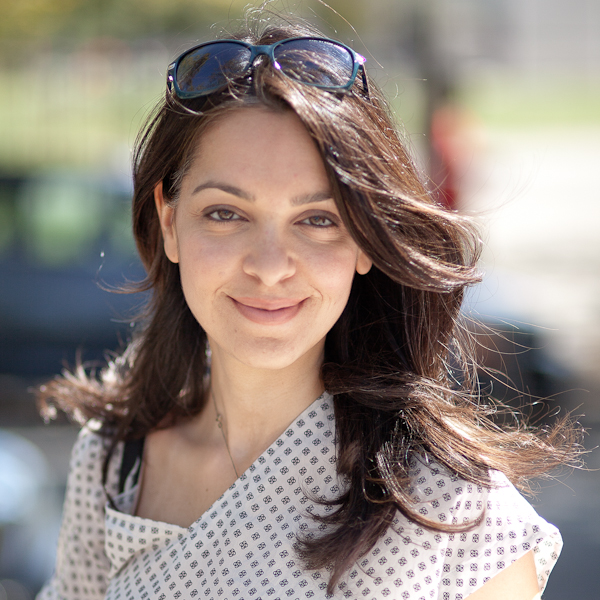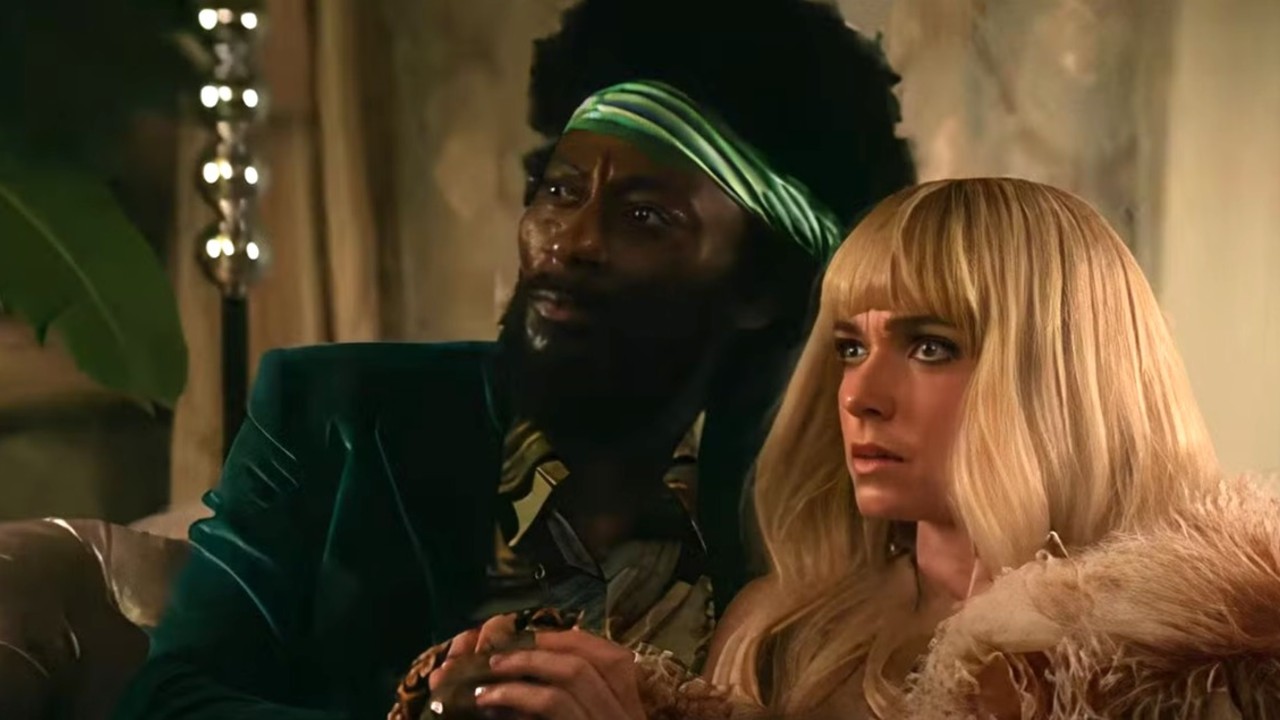New Space Photo Reveals 'Nothing'

Astronomers snapped a picture of nothing, and lo-and-behold what they got was, well, pretty much nothing.
The European Southern Observatory (ESO) released a 300-million-pixel image that covers an empty region of the sky about five times the size of the full Moon.
No, space art is not going Dada. The study of such empty fields provides a clear view toward distant regions of the universe and opens windows onto the earliest cosmic times.
The new image is a composite of 714 images taken over the course of about 65 hours with an ESO telescope in Chile.
Deep 3, the area that the telescope pointed to, is located in the Crater, also known as the Cup, of a southern constellation where the brightest star is barely visible to the unaided eye except on very dark nights.
The Crater, which lies between the Virgo, Corvus, and Hydra constellations, is not really completely empty. It contains a relatively small number of stars and galaxies-about 50-compared to similar-sized regions elsewhere.
Astronomers hope that with further study of the obtained data, at least more of the empty space in their knowledge of this mysterious place will be filled in.
Breaking space news, the latest updates on rocket launches, skywatching events and more!
- Our Tiny Universe: What's Really Visible at Night
- The Universe: Still Boggling The Minds of 'Finite Creatures
- The Disappearing Moon: Why and Where it Hides
- What's Really Visible from Space
Join our Space Forums to keep talking space on the latest missions, night sky and more! And if you have a news tip, correction or comment, let us know at: community@space.com.

